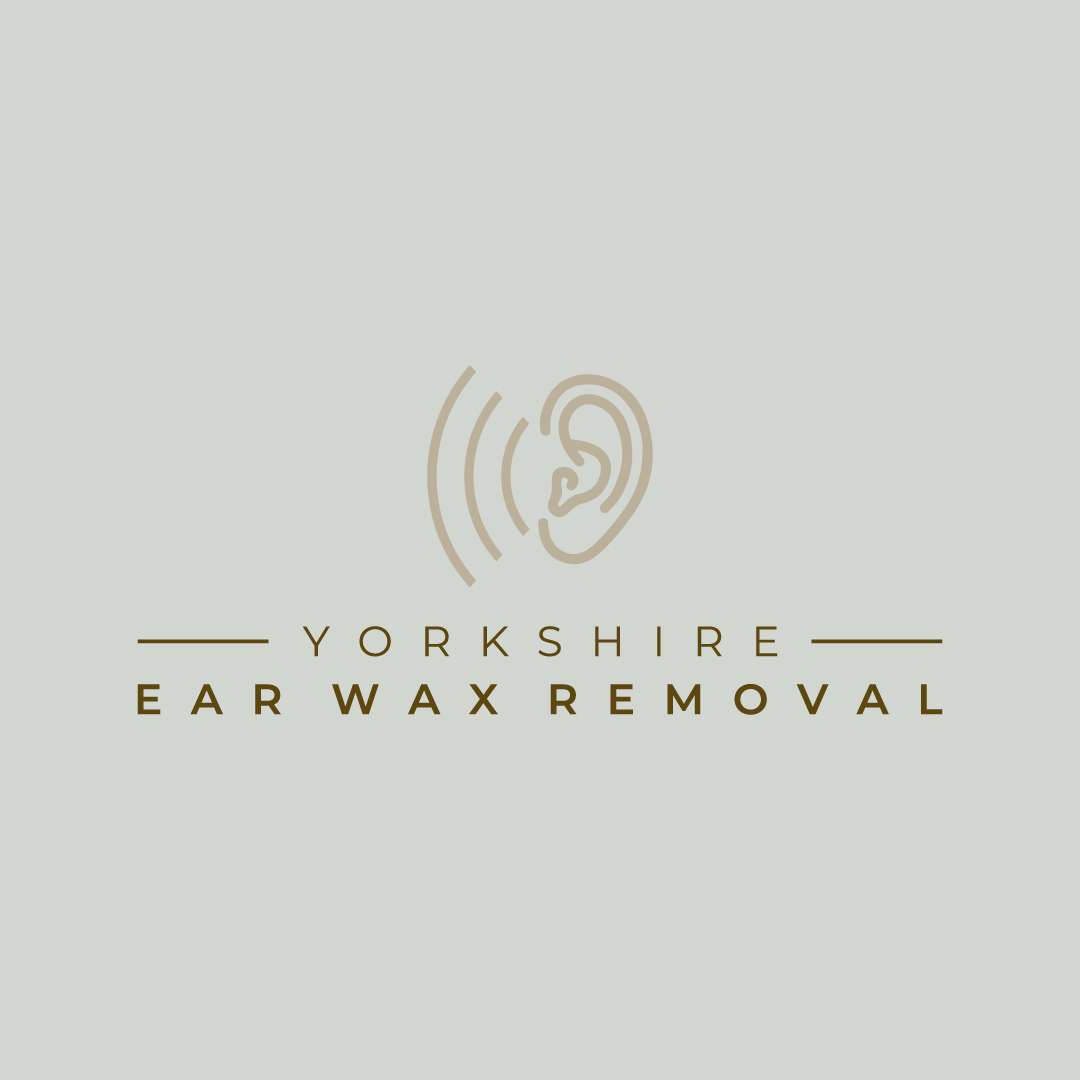Microsuction vs Ear Syringing: What’s the Difference?
- Yorkshire Ear Wax Removal

- Jun 9
- 4 min read
Updated: Jun 10
When it comes to ear wax removal methods, two names often come up: microsuction and ear syringing. If you've ever found yourself asking, "Is microsuction better than syringing?" or "What's the safest ear wax removal method?", you're in the right place.
This article explores both techniques in depth, examining how they work, their pros and cons, safety factors, and which might be the best choice for you.
What Is Ear Wax and Why Does It Build Up?
Ear wax (cerumen) is a natural substance produced by glands in the ear canal. It plays an important role in protecting the ears from dust, bacteria, and foreign particles. While it's usually self-regulating and exits the ear naturally, sometimes wax builds up and causes blockages.
Common symptoms of ear wax build-up include:
Reduced or muffled hearing
A sensation of fullness or pressure in the ear
Tinnitus (ringing in the ears)
Dizziness
Earache or itching
When this happens, professional ear wax removal may be needed.
Microsuction vs Syringing: Understanding the Methods
What Is Ear Syringing?

Ear syringing, also known as ear irrigation, involves using a pressurised flow of warm water to flush wax out of the ear canal. Traditionally offered by GPs and nurses, this method has become less common due to the increased awareness of its risks.
Pros:
Can be effective for soft wax
Inexpensive in NHS settings (where still offered)
Cons:
Uses water, which increases the risk of infection
Can be uncomfortable or messy
Not suitable for people with perforated eardrums, infections, or prior ear surgery
Risk of pushing wax deeper if not performed correctly
What Is Microsuction?
Microsuction is a modern, dry method of ear wax removal. It involves using a gentle suction device while the clinician views the ear canal through a microscope or loupe. This ensures precision and safety.
Pros:
No water involved – ideal for sensitive ears
Safe for people with perforated eardrums, infections, or surgery history
Minimal discomfort
Quick and clean procedure
Cons:
May be slightly noisier than syringing
Typically a private service (not widely available on the NHS)
Which Is Better: Microsuction or Syringing?
From a clinical perspective, microsuction is generally considered the safer and more effective method.
It avoids introducing moisture into the ear, reducing infection risk.
The clinician has a clear view of the wax at all times.
It is suitable for a wider range of people, including those with ear conditions.
It is often recommended by ENT specialists and audiologists.
So, if you’re wondering which is better, microsuction or irrigation, the answer in most cases is microsuction.
Best Ear Wax Removal Method for You
The best ear wax removal method depends on your specific ear health and medical history. If you have a healthy ear canal and soft wax, syringing might work. However, if you’ve had:
A perforated eardrum
Frequent infections
Ear surgery
Tinnitus or dizziness
...then microsuction is by far the safer option.
It’s also ideal for people who wear hearing aids, as wax build-up is more common in these cases and needs gentle management.
Safety: What’s the Safest Ear Wax Removal Method?
In terms of safety, microsuction is the clear winner. It has a low complication rate, is precise, and avoids the introduction of water – the main culprit behind post-procedure infections and discomfort.
ENT departments and audiologists now overwhelmingly favour microsuction as the gold standard for ear wax removal.
So, if you're wondering what's the safest ear wax removal method, the answer is consistent: microsuction.
The Procedure: What to Expect
During Microsuction:
A pre-check will assess the condition of your ears.
The clinician uses a microscope to look into your ear canal.
A small, sterile suction device gently removes the wax.
Most procedures last 15 to 30 minutes.
During Syringing:
A warm water solution is sprayed into the ear.
Water and wax are flushed out together.
The process can feel invasive, and sometimes leads to dizziness or discomfort.
Final Verdict: Microsuction vs Syringing
If you're looking for the best ear wax removal method, particularly one that is safe, quick, and comfortable, microsuction is the clear choice.
While syringing still has a place in some settings, it comes with more limitations and potential risks. Microsuction provides a modern alternative that works well for almost everyone – especially those with a history of ear issues.
FAQs: Microsuction vs Syringing
Is microsuction better than syringing?
Yes – microsuction is safer, cleaner, and better tolerated by most people.
Which is more effective for hard wax?
Microsuction is more effective for hard or impacted wax, as it allows for precise removal.
Can anyone have microsuction?
Yes – it’s suitable for adults, children, and people with medical ear conditions.
Does microsuction hurt?
Most people find it completely painless, though some describe a tickling or suction sound.
Is syringing still used in the UK?
Some GP practices still offer it, but it’s no longer routinely recommended due to the risks.
Is microsuction safe for people with perforated eardrums?
Yes – it’s one of the few methods considered safe in those cases.
How often should I have my ears cleaned?
Most people benefit from wax removal every 6–12 months, but this depends on the individual.
Can I get microsuction on the NHS?
Availability is limited. Most patients access it privately due to NHS service cuts.
What does ear syringing feel like?
It can feel like a strong spray or rushing water and may cause brief dizziness.
Is one ear wax removal method cheaper than the other?
Syringing may be free on the NHS where available, but microsuction is often more cost-effective long-term due to fewer complications.




Comments